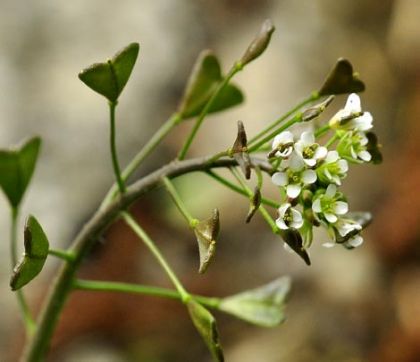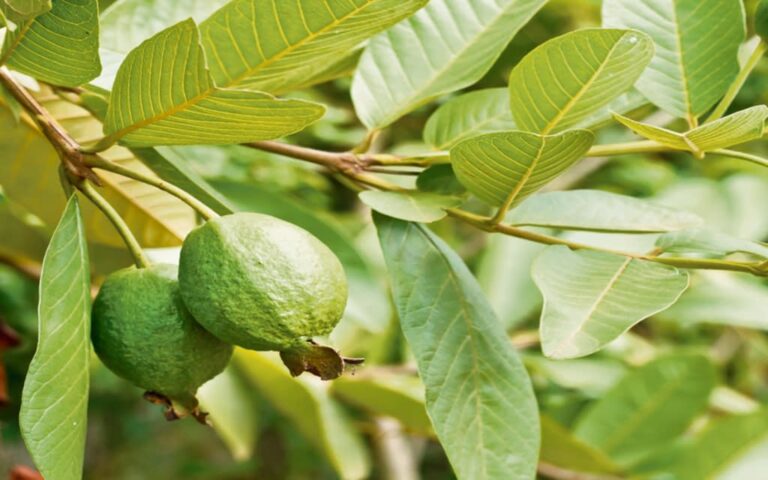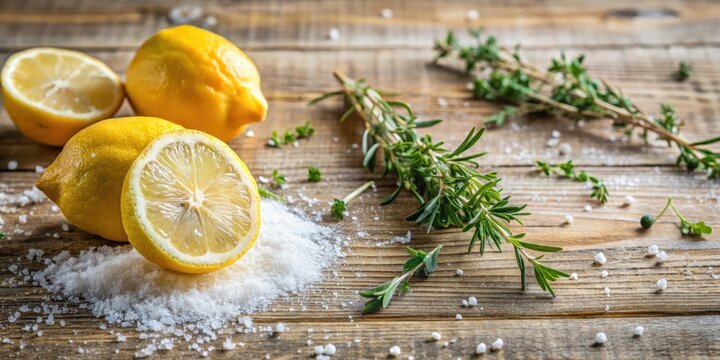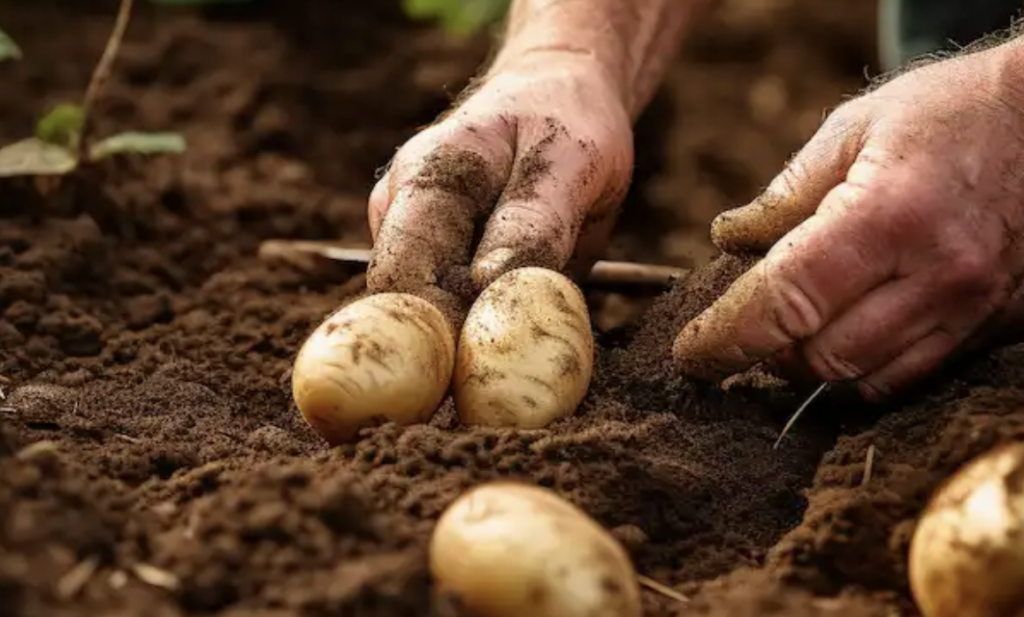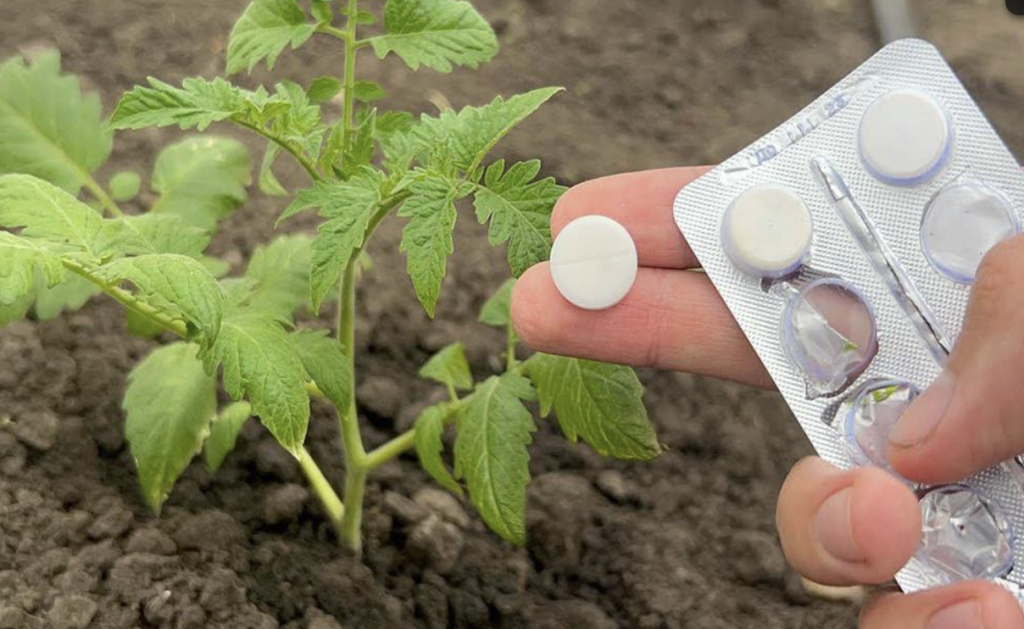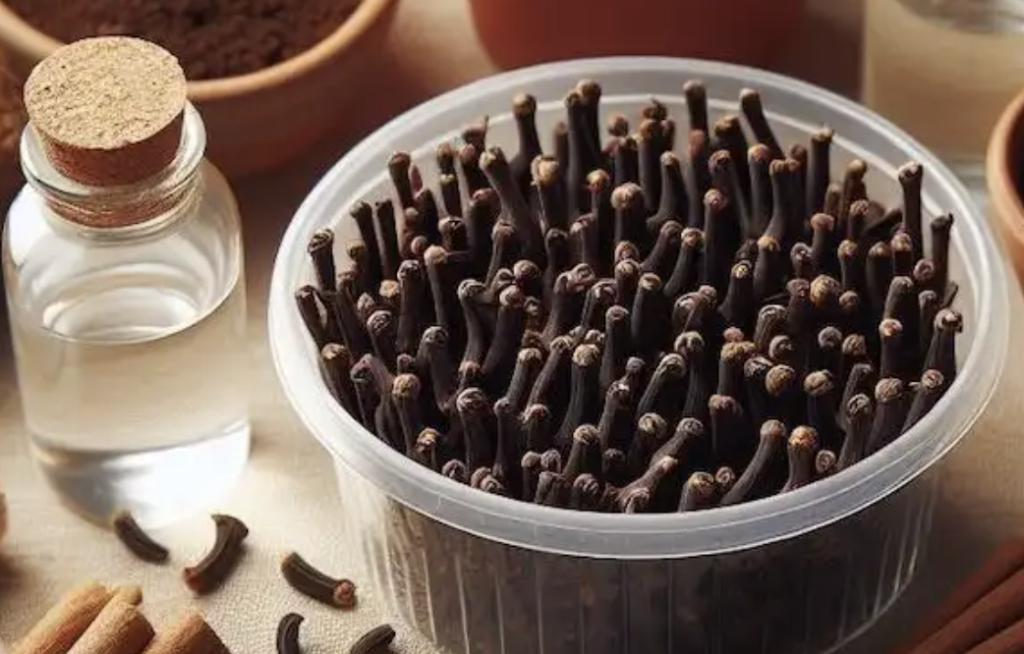Durian, often referred to as the “King of Fruits,” is one of the most unique and beloved tropical fruits in Southeast Asia. Known for its strong aroma and distinctive spiky exterior, durian might not be for everyone, but it certainly has a loyal following. Beyond its bold taste and smell, durian offers a wide range of health benefits that make it more than just an exotic fruit. Packed with essential nutrients, antioxidants, and other health-promoting compounds, durian can contribute to your well-being in many surprising ways. In this article, we will explore the amazing benefits and uses of durian, showing you why this unusual fruit deserves a place in your diet.

A Nutrient-Rich Superfood
Durian is not just a fruit; it’s a powerhouse of nutrients. It is rich in vitamins and minerals that support overall health and well-being. This tropical fruit is high in vitamin C, which plays a vital role in boosting your immune system, promoting healthy skin, and fighting off free radicals that can cause cellular damage. Just one serving of durian provides a significant portion of your daily vitamin C needs.
In addition to vitamin C, durian is an excellent source of several B-vitamins, including B6 and folate. Vitamin B6 is essential for brain health, mood regulation, and the production of red blood cells, while folate is important for DNA synthesis and proper cell growth, especially during pregnancy. Durian also contains significant amounts of potassium, which is essential for heart health, blood pressure regulation, and muscle function.
This unique fruit is also high in dietary fiber, which aids digestion and promotes gut health. It can help prevent constipation, regulate blood sugar levels, and keep your digestive system running smoothly.
Boosting Energy and Immunity

One of the standout features of durian is its energy-boosting properties. Durian is rich in carbohydrates, which provide a natural source of energy that your body can use throughout the day. Unlike processed sugars that cause quick spikes and crashes in blood sugar levels, the carbohydrates in durian are slowly digested, offering sustained energy without the crash.
Durian’s high vitamin C content also makes it a great fruit for boosting immunity. Vitamin C is known to support the immune system by encouraging the production of white blood cells that fight off infections. Additionally, vitamin C helps in the repair and regeneration of tissues, making durian a great choice for maintaining healthy skin, gums, and bones.
Heart Health
Durian is beneficial for heart health, thanks to its rich supply of potassium and healthy fats. Potassium plays a critical role in regulating blood pressure by balancing the effects of sodium. Adequate potassium intake is associated with a lower risk of hypertension (high blood pressure) and stroke, and it helps maintain heart rhythm.
Additionally, durian contains monounsaturated fats, which are considered healthy fats that can help reduce levels of LDL (bad) cholesterol in the body. By lowering bad cholesterol levels and increasing HDL (good) cholesterol, durian contributes to a healthier cardiovascular system and may reduce the risk of heart disease.
The fiber in durian also plays a role in maintaining heart health. Fiber helps reduce the amount of cholesterol that is absorbed by the bloodstream, further supporting healthy cholesterol levels and lowering the risk of cardiovascular issues.
Digestive Health and Weight Management
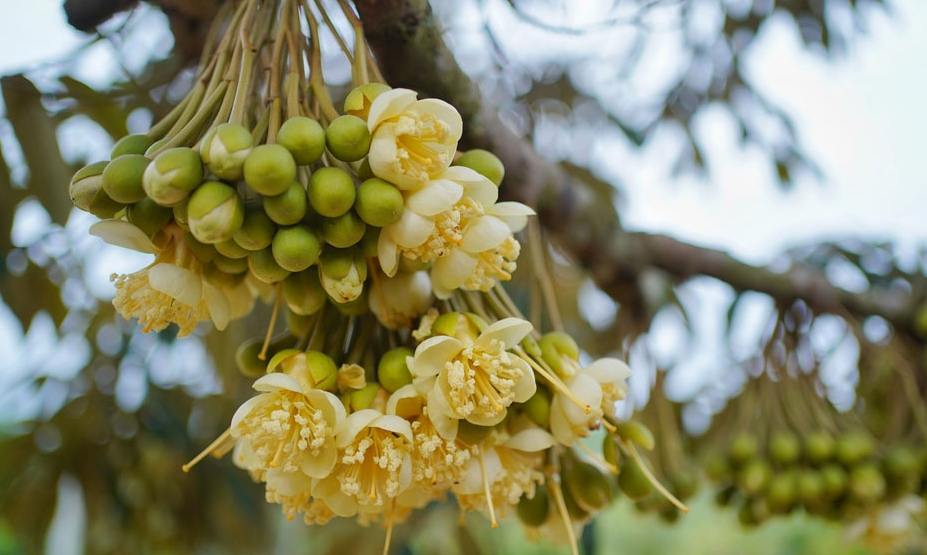
Durian is a great source of dietary fiber, which is essential for maintaining a healthy digestive system. The fiber in durian promotes regular bowel movements, alleviates constipation, and improves overall digestive health. Fiber also helps to bulk up stool, which can prevent digestive discomfort and bloating.
Moreover, fiber plays an important role in weight management. Since fiber slows down digestion, it helps you feel fuller for longer, which can prevent overeating and help control appetite. Eating fiber-rich foods like durian can assist in managing body weight by reducing hunger cravings and supporting a healthy metabolism.
Durian’s high water content also supports hydration and keeps the digestive system functioning optimally, making it an excellent fruit for maintaining digestive health.
Skin Health and Anti-Aging
Durian’s high vitamin C content plays an essential role in maintaining healthy, youthful skin. Vitamin C is a powerful antioxidant that helps protect the skin from oxidative damage caused by free radicals. It also promotes the production of collagen, a protein that gives the skin its structure, elasticity, and strength. As we age, collagen production naturally declines, leading to wrinkles and sagging skin. By boosting collagen production, durian helps keep your skin firm, smooth, and youthful-looking.
In addition to vitamin C, durian contains other antioxidants, such as flavonoids and carotenoids, which help reduce the appearance of fine lines and wrinkles. These antioxidants protect skin cells from the harmful effects of UV radiation and environmental pollutants, helping to prevent premature aging.
Durian is also known for its ability to combat acne and other skin conditions. The fruit’s antioxidants help fight inflammation, reduce redness, and promote the healing of skin tissues. For anyone looking to improve their skin’s appearance, durian is a great addition to the diet.
Bone Health
Durian contains several key minerals that are beneficial for maintaining strong, healthy bones. It is rich in calcium, which is essential for bone density and strength. Adequate calcium intake helps prevent bone-related issues such as osteoporosis, especially as you age. Durian also provides magnesium, which helps regulate calcium absorption and supports overall bone health.
The combination of calcium and magnesium in durian makes it a great fruit for promoting bone health, making it particularly beneficial for older adults, postmenopausal women, and anyone looking to maintain healthy bones.
Brain Health and Cognitive Function
Durian can contribute to better brain health due to its high content of vitamins and minerals that support cognitive function. The vitamin B6 in durian plays a key role in the production of neurotransmitters, which are chemicals that help regulate mood, memory, and cognitive function. Adequate vitamin B6 levels are associated with a lower risk of depression, anxiety, and cognitive decline.
Additionally, durian’s healthy fats, particularly monounsaturated fats, are essential for brain function. These fats help maintain the structure of brain cells and improve communication between neurons, supporting mental clarity, focus, and memory.
Creative Uses of Durian
While durian’s distinctive aroma and flavor may not appeal to everyone, it has become a popular ingredient in many dishes across Southeast Asia. Durian is often eaten fresh, but it can also be used in a variety of ways to enhance both sweet and savory dishes.
In many countries, durian is used to make desserts like durian ice cream, cakes, and pastries. Its creamy texture and unique flavor make it a delicious addition to custards, smoothies, and milkshakes. Durian can also be used to flavor traditional sweets like sticky rice or filled in dumplings for a delightful twist on traditional dishes.
If you’re feeling adventurous, you can also try durian in savory dishes. In some Asian cuisines, it’s added to curries, stir-fries, or soups to impart a rich and creamy texture.
Conclusion
Durian is a tropical fruit with a rich nutritional profile and a wide range of health benefits. From boosting energy and supporting heart health to promoting digestive health, skin health, and brain function, durian is a superfruit that can enhance your overall well-being in many ways. While its strong aroma may be an acquired taste, the nutritional benefits of durian are undeniable.
Whether you enjoy it fresh or use it in your cooking, durian is a fruit worth considering for its unique flavor and impressive health benefits. So next time you come across this spiky, fragrant fruit, don’t hesitate to give it a try and discover all the wonderful ways it can contribute to your health!

